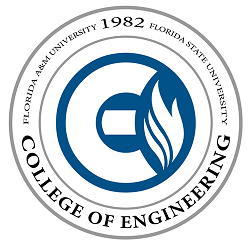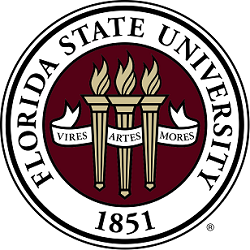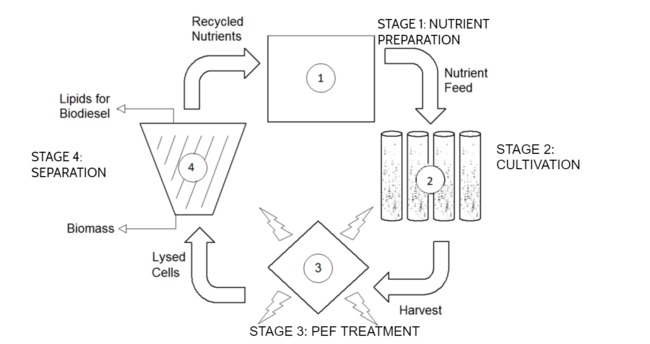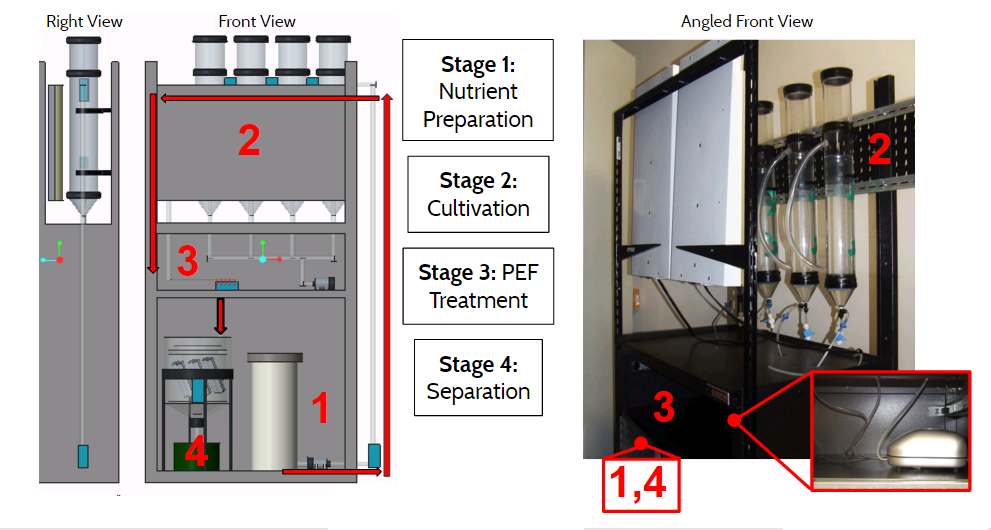





As a result of waning fossil fuel resources it is desirable to have access to a sustainable alternative energy source. Microalgae photo bioreactors are viable options for simple and sustainable energy source production. The operation of these bioreactors has the potential for automation and produces environmentally friendly biomass and biogas which have many widespread applications, as aforementioned. The current state of microalgae photo bioreactors is very dependent on consistent maintenance and check-ups to keep the algae growing. In addition, there are no viable methods for automated harvesting of the microalgae. This is unsatisfactory because it limits the scope of utilizing microalgae as a large scale biofuel source. UFPR in conjunction with FSU are sponsoring the Senior Design team to develop a continuous harvesting system which requires minimal intervention as a solution to the harvesting problem.


Lysing Process Begins
Litre of Algae Arrives
Walk through Presentation at College of Engineering
Team 9 wins 2nd place in Alabama Competition
Spring Break Begins
Electrodes Constructed
Construction for Automation Begins
Algae Cell Count Begins
Construction for airlift began
Update Presentation
Algae ordered
Team reunited at FSU
Website updated
Group Meeting
Automated system components ordered
Midterm Presentation 2
Group Meeting
Pulsed electrical field flocculator components considered
Group Meeting
Group Meeting
FSU algae cultivation complications-excessive evaporation.
Group Meeting
FSU algae cultivation initiated
FSU algae cultivation infastructure implemented
Midterm Presentation I
Conceptual Design Completed
Group Meeting
Sponsor Meeting with Dr. Ordonez- discussed budget and lab set up
Group Meeting
Project Plans and Specifications Report Submitted
First website launch